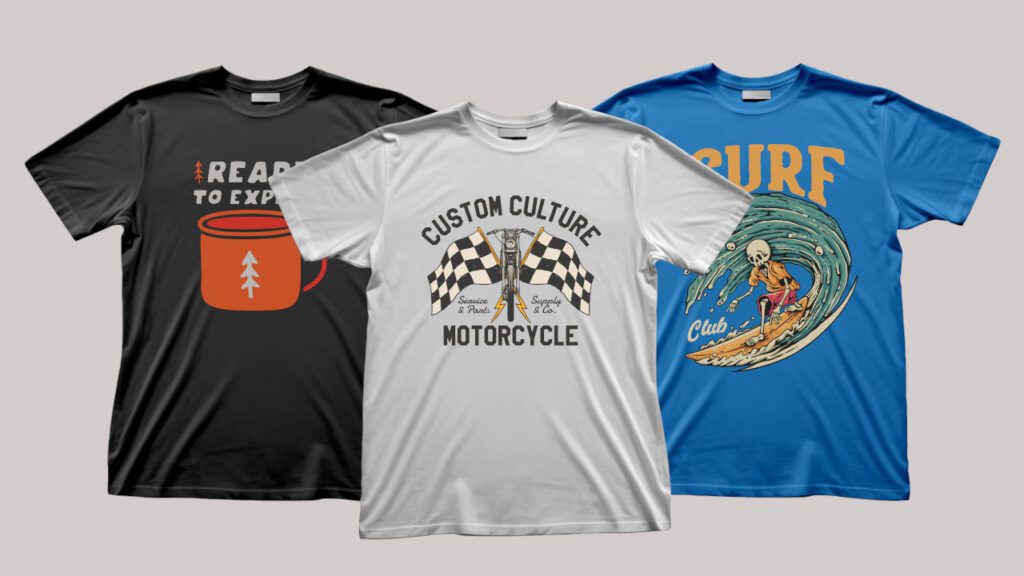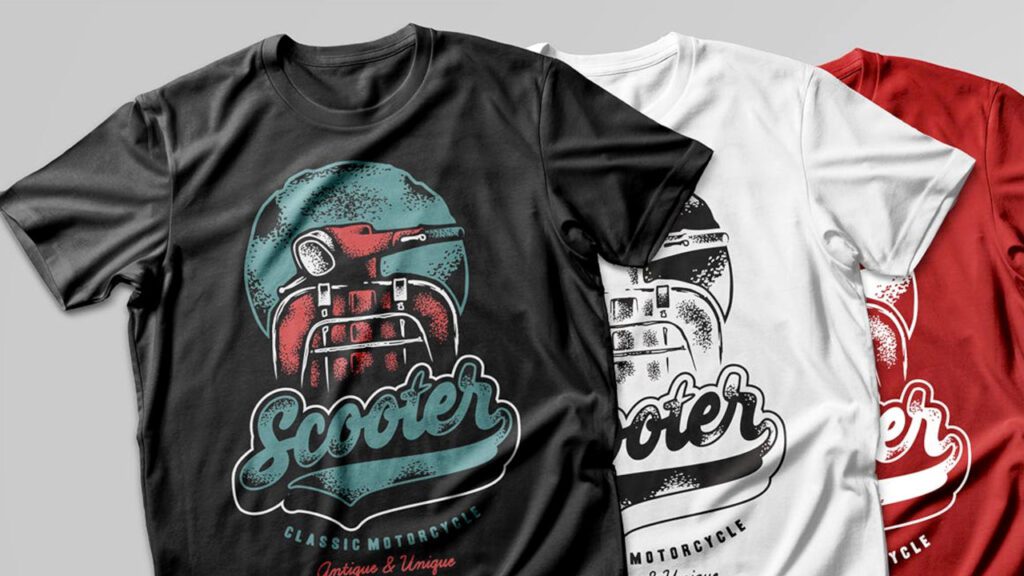In screen printing, the choice of mesh count plays a pivotal role in the quality, detail, and efficiency of the printing process. Understanding the characteristics of different counts is crucial for achieving optimal results across a diverse range of projects. This article provides an in-depth exploration of various screen printing mesh counts and when to use each.

Understanding The Basics Of Mesh Count
Mesh count refers to the number of threads per inch in a screen printing mesh. A higher count indicates a finer mesh with more threads, while a lower count features larger openings. The choice of mesh count directly influences ink deposition, image resolution, and the overall print outcome.
Low Mesh Count (Below 160)
Low mesh counts, typically below 160 per square inch, are designed for projects that require a heavy ink deposit. These counts are characterized by their larger openings, allowing a greater volume of ink to pass through. This makes them ideal for bold graphics and large, solid areas of color. They are particularly effective when printing on darker fabrics or materials where a high level of opacity is needed. However, they are less suitable for capturing fine details due to the larger thread spacing, which can lead to less precise ink placement and potential bleeding in intricate designs.
Pros Of Low Mesh Counts
- Ideal for printing on dark fabrics where a thicker layer of ink is needed for opacity.
- Suitable for bold and larger designs that require higher ink volume.
- Effective for printing on textured surfaces or rough fabrics.
Cons Of Low Mesh Counts
- Lower mesh counts may not capture fine details as effectively.
- Greater risk of ink bleeding, especially in intricate designs.
Medium Mesh Count (160 - 230)
Medium mesh counts, which are often in the range of 160 to 230 threads per inch, strike a balance between ink deposition and detail resolution. These counts are versatile, making them suitable for a wide array of screen printing projects. They provide a middle ground in terms of ink flow and detail capture, which is ideal for designs that are neither too intricate nor too bold. Medium counts work well for both text and images that require a moderate level of detail and are commonly used for printing on various types of substrates.
Pros Of Medium Mesh Counts
- Versatile for a wide range of general-purpose printing.
- Suitable for designs with moderate detail and clarity.
- Balances ink coverage and resolution for various substrates.
Cons Of Medium Mesh Counts
- Not ideal for extremely fine detail or very high-density prints.
- May not provide sufficient ink coverage for solid bold graphics.
High Mesh Count (Above 230)
High mesh counts, typically above 230 threads per inch, are ideal for achieving high precision and fine detail in screen printing. These higher counts have much finer threads and smaller openings, allowing for more exact placement of ink and less ink deposition. This makes them perfect for detailed work, such as intricate graphics, fine text, or high-resolution images. They are particularly effective when printing on light-colored fabrics or substrates where a thinner ink layer is preferred. However, these high counts require more expertise in managing ink viscosity and curing parameters. They’re also less effective for projects requiring heavy ink coverage.
Pros Of High Mesh Counts
- Good for intricate designs and fine details, such as text or small graphics.
- Suitable for printing on light-colored fabrics where a thinner layer of ink is desired.
- Effective for achieving high-resolution prints with fine lines and small text.
Cons Of High Mesh Counts
- Needs careful ink viscosity and curing control with higher mesh counts.
- Challenging to create vibrant colors on dark fabrics.
- Less suitable for designs that demand a higher ink volume.

Choosing A Mesh Count Based On Substrates
Selecting the right mesh count for your screen printing project depends on the substrate you’re printing on. For different fabrics, match the mesh count to the fabric’s texture—coarser fabrics need lower counts, finer fabrics need higher counts. The type of ink matters too: thicker inks work better with lower counts, while thinner inks are ideal for higher counts and detailed designs. Remember, simple, bold designs generally require lower counts, but if your design is intricate and detailed, go for a higher count. This approach ensures you get the best quality print for your specific project.
Fabric Type
Consider the material and texture of the fabric. Coarser fabrics may benefit from lower mesh counts, while finer fabrics may require a higher count.
Ink Type
Thicker inks may necessitate lower mesh counts for proper deposition, while thinner inks work well with higher counts for fine details.
Design Complexity
Intricate designs with fine details often benefit from higher mesh counts, while bold or larger designs may thrive with a lower count.

Conclusion
Selecting the right mesh count is a nuanced decision that involves a careful consideration of factors such as fabric type, ink characteristics, and design complexity. By understanding the unique strengths and considerations of different counts, screen printers can strategically choose the mesh count that aligns with their specific project requirements, ultimately leading to exceptional and consistent print results in the dynamic world of screen printing.
- Screen Printing: Comparing Aluminum vs Wood Frames
- Screen Printing: Understanding The Impact Of Mesh Counts
- Screen Printing: The Advantages Of Newman Roller Frames
- Screen Printing: Navigating The Spectrum Of Frame Sizes
- Quality vs Cost: Make Your Next Embroidery Machine A Wise Investment
- Top 5 Embroidery Machine Factors To Consider When Buying Equipment
- DTF Printing: How To Choose The Right Printer & Dryer
- DTF Printing: A Beginners Guide To Production Setup
- T-Shirt Dye Sublimation Printing With Rob Super
- 15 Must-Have Screen Printing Website Features





